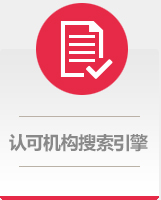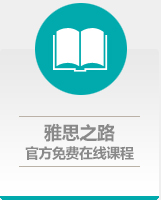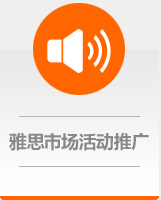|
How do I introduce self-assessment?
One good way to introduce self- assessment is to ask students to brainstorm what they want to be able to do in English. This works well at the start of a new semester or after a tough class test, especially if they can look at how they performed and find their own strong or weak areas. Sometimes I give them the contents page of a course book and ask them, which functions, skill areas or tasks do you think you can you already do to some extent? Which look difficult? What do you want to be able to do? At the end of this session there will be lots of goals written on the board as sentences or short phrases such as “understand a lecture in English”, “give a short speech”, “speak more fluently” and so on. I would make sure students take photographs of this on their cell phones if they have them, so they can look back at them during the term.
Breaking down huge goals into smaller steps
The next stage is focus on one goal and keep asking: “To do that, what do you need to be able to do?” in order to teach students the concept of sub-skills, (the skills which contribute to an overall ability such as the ability to speak fluently). So, for “speak more fluently” the sub-skills might be “I know enough vocabulary to say what I want” “I can paraphrase when I do not know a word” “I can use conversation fillers such as well, let me see, when I am thinking”, and on. Eventually there might be six to eight sub-skills on the list. The teacher can use this to make can-do lists specially for the class. If your school set targets for students then you can combine these and students’ personal goals in the can-do list which you give to students. The most important thing is that students understand the can-do statements, so include lots of examples. (For example most intermediate students do not understand phrases like “asking and giving directions” it is better to extend your can-do statement like: “I can tell someone how to find the way, using expressions like ‘Turn right’, ‘Turn left’ and so on.”).
More about making your own list
Two further tips which I have found useful are, first, to include at least one very easy goal. This can help students to imagine what it feels like to succeed. If they know what it feels like to be able to do something, then the list will be more encouraging for them, even if there are some difficult items on it. Secondly, lay out the page in “landscape” format, (long horizontally than it is vertically). Then each can-do statement will have some numbers opposite it on the page. When you present the list, make it clear that they do not have to achieve everything at once. They can choose one point to work on for the next two or three weeks. (You can decide a schedule that fits in with your class.) Tell students that they are going to use the same list to evaluate themselves during the semester and they are very likely to make progress because they will be practising these skills frequently. It can be useful to ask students to think about making individualised goals on the basis of the list. If your students write learning journals they could use their learning journal for this at the start and end of a section of the course.
The Teacher’s Role in Guiding Self-Evaluation
It is important that you collect the can-do lists and comment on students’ progress. (Kohonen, 2007). Kohonen writes about the need for teachers to guide students’ self-reflection. One reason for this is that students’ self-evaluation may be unrealistic and so you may want to offer some comments to modify and guide them. You want to achieve a balance between respecting the students’ self-perception and sharing your knowledge of English and of the process of study and communication. Sometimes setting tasks with peer evaluation can help, if a student has a very unrealistic idea of their own skills in relation to the target level or the level of their peers. Asking peers to mark mistakes in each other’s writing or to evaluate a short speech in a small group is a way to give students a reality check of their own abilities in relation to their peers. However, it is important to be sensitive to students’ feelings in relation to their peers and not to criticise them in front of their peers.
Useful Resources
If you want to use can do statements but do not want to write your own, there are some excellent resources on the web.
The Canadian Language Benchmark Project has a 12-level system. There are also handy comparisons between the Canadian Benchmark and IELTS scores. (Canadian Benchmark level 7 represents IELTS 6, so if you are preparing students for study abroad then level 8 is probably a good one to aim for.) Click here to read more.
Pearson Global Scale of English has a downloadable book of can do statements correlated to IELTS levels which can be obtained here.
In the next issue we will look at using self-assessment with exam classes and some FAQs about can-do lists.
Reference
Kohonen, V. (2007). Learning to learn: a model for reflection for teacher-trainers, teachers and learners. Retrieved Oct 2008 from here.
Submitted by Ellen Head, British Council language assessment consultant
|




